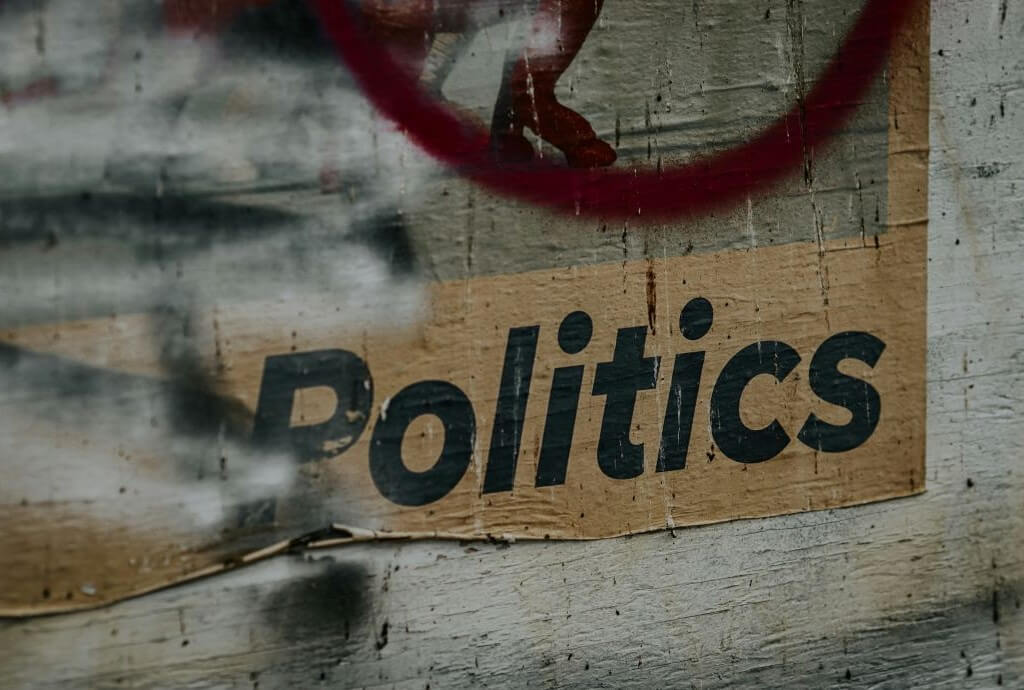Summarised by Centrist
New Zealand’s Māori electorates, established by the Māori Representation Act 1867, were initially intended to integrate Māori into the national political system. The number of seats are dictated by enrollment numbers.
Today, there are seven Māori seats, which have often benefitted Te Pāti Māori, allowing it to win parliamentary representation despite low overall vote percentages.
The introduction of the mixed-member proportional representation (MMP) system in 1996 reignited debates about the necessity of Māori seats.
Critics argue that MMP already ensures adequate Māori representation, rendering the specific Māori seats redundant.
Others view the seats as racist and separatist. Parties like National, ACT, and New Zealand First have historically advocated for their abolition, though no decisive action has been taken.
Proponents of Māori seats assert that they ensure Māori voices are heard in Parliament, compensating for historical injustices and ongoing inequalities. Future discussions may focus on whether to maintain, reform, or abolish these seats.
A potential compromise could involve lowering the party vote threshold, allowing smaller parties like Te Pāti Māori to gain representation without designated seats.



















